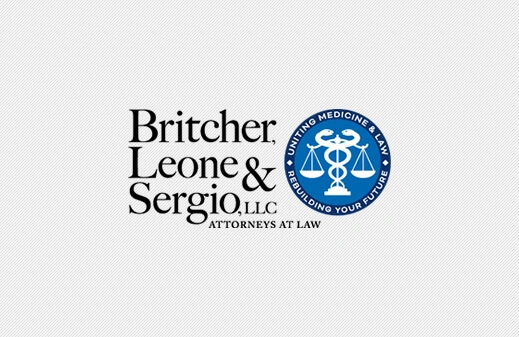
WEIGHT LOSS DRUGS | March 13, 2025
Ozempic and Vision LossClarification by N.J. Supreme Court on affidavit of merit will affect prosecution of medical malpractice cases
Read
WEIGHT LOSS DRUGS | March 13, 2025
Ozempic and Vision LossClarification by N.J. Supreme Court on affidavit of merit will affect prosecution of medical malpractice cases
Read
FACE CARE | July 3, 2025
Summer means vacations, summer camp, gardening and DIY projects outdoors, time on the trails or at the beach, or simply soaking up the warm sun in one’s backyard

PREMISES LIABILITY, SLIP AND FALL | July 1, 2025
Among the various premises liability cases possible, trip and fall accidents on the sidewalk are the most common. Whether “trip and fall” or “slip and fall,” either one takes the injured party down and can cause real harm.

BIRTH DEFECTS, MALPRACTICE, MEDICAL MALPRACTICE | April 7, 2025
Among the various premises liability cases possible, trip and fall accidents on the sidewalk are the most common. Whether “trip and fall” or “slip and fall,” either one takes the injured party down and can cause real harm.

MEDICAL MALPRACTICE | March 10, 2025
Clarification by N.J. Supreme Court on affidavit of merit will affect prosecution of medical malpractice cases

CANCER | February 26, 2025
The COVID-19 pandemic has had far-reaching effects on healthcare systems worldwide. While we are still learning the full impact, one significant consequence researchers are finding is an increase in missed cancer diagnoses.

EMERGENCY CARE | February 13, 2025
Each emergency room interaction is an opportunity for a fresh assessment of a patient in the context of a specific problem.

SEPSIS | September 18, 2024
September marks Sepsis Awareness Month, an opportunity to increase awareness and understanding of this potentially life-threatening condition. According to the United States Centers for Disease Control and Prevention (CDC),

ECTOPIC PREGNANCY | August 13, 2024
Defendants can no longer hide facts with improper objections of privilege. The Keyworth decision upholds the purpose of the PSA by recognizing the privilege of self-critical analysis when a defendant complies with the PSA’s strict procedural requirements.

FIRM NEWS | August 13, 2024
Since the New Jersey Supreme Court decision in Stewart v. 104 Wallace St., Inc., 87 N.J. 146 (1981), commercial property owners have owed a duty to maintain the sidewalks abutting their property in a safe condition, just as they must anywhere else on their premises.

MISDIAGNOSIS | August 1, 2024
The issue dates back decades. In the early 2000s, there was concern that the medical community was overreacting to prostate cancer diagnosis. The thought was that many of these older males diagnosed with a slow-moving form of prostate

PEDIATRIC CARE | August 1, 2024
In the first months of life, infants are especially susceptible to acute respiratory infections (ARIs), a group of illnesses that have long stood as a leading cause of pediatric morbidity and mortality. The dangers can include the familiar such as influenza

CANCER | August 1, 2024
Cutaneous squamous cell carcinoma (cSCC) is a common type of skin cancer found in the skin’s upper layers (epidermis). Recognized as the second most common form of skin cancer, it is most often the result of

CANCER | July 10, 2024
July is Sarcoma Awareness Month, a time to focus on learning more about this potentially deadly group of cancers. Sarcomas are a fast-moving type of cancer that originate in the body’s connective tissues, such as bones, muscles, and tendons.

DIAGNOSTIC ERRORS | May 13, 2024
The words used by healthcare professionals carry significant weight. Language that stigmatizes patients — terms like "difficult" or "non-compliant" — can have profound consequences on the medical care they receive.

MEDICAL MALPRACTICE | April 2, 2024
The rate of maternal mortality in the United States is worrisomely high. Japan’s maternal mortality rate is 4.3 deaths per 100,000 live births; while [1] the rate in Europe is 6 deaths per 100,000, and the rate in the United States is 18 deaths per 100,000 births.